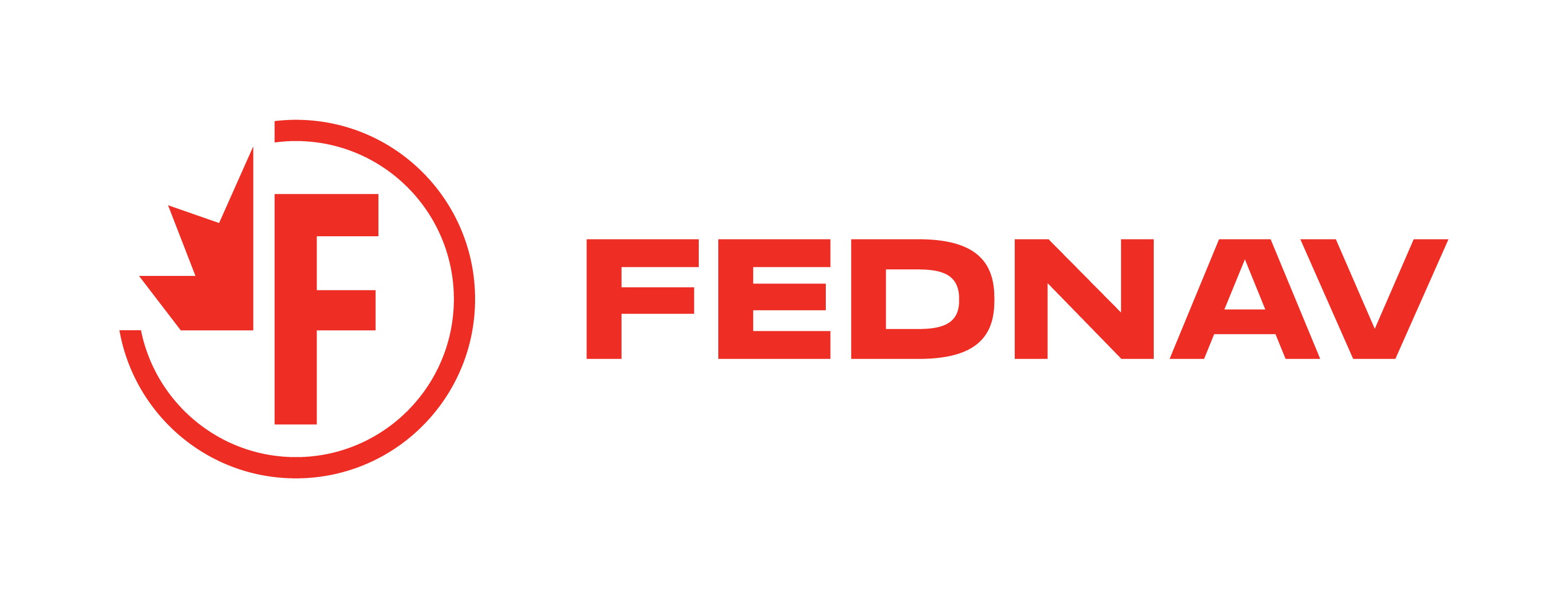"Special price" fuels Fednav deal for bulker foursome at OshimaCanadian owner only wants top-quality ships for its niche trade in the Great Lakes and Arctic, which has provided some relief in a tough market
From TradeWinds by Irene Ang, Singapore
Fednav of Canada is beefing up its fleet with additional newbuildings.
The owner has signed up for four more 34,500-dwt lakers at Oshima Shipbuilding, bringing to eight its tally of ships under construction at the Japanese yard.
Fednav co-chief executive Paul Pathy tells TradeWinds that the quartet was quietly inked last year.
The latest order follows a 2013 contract at the same yard for 12 vessels of similar size. It has since taken delivery of 8, including the 34,500-dwt Federal Cedar.
“We will be taking delivery of four more vessels this year and the latest four in 2018,” said Pathy. “We were not planning to order more ships but when the market came down, we saw an opportunity to book more vessels at a special price.
“As a private company, we take a long-term view, even though the market may be tough now or even in 2018,” he said. “If there is a chance to order what we think are the best ships in the world at a very special price on historical basis, we are going to do it.”
The difficulty in sourcing good-quality lakers from the market is another reason that led Fednav to newbuildings.
“In this tough shipping market, it is more difficult to find owners who want to buy such ships and charter them out,” said Pathy. “If you want lakers, you don’t just go and get them in the market.
“To ensure a continuing supply of vessels, we ordered them ourselves,” he added. “A big part of it is also the relationship with Oshima. We feel the vessels that we get from the yard are the best in the world.”
Fednav’s current ice-class 1C newbuildings are third-generation handysize lakers from Oshima. “These ships are designed for lakes operation but they are handysizes and could trade all over the world,” said Pathy. “This is important to us, as we are a dominant laker operator but we very much consider ourselves to be a leading international handysize bulker operator.
“We are competitive against any handysize bulker players in the world, especially given the efficiency of the Oshima ships. If the market serves us better by operating the ships outside the lakes, we may just do that,” he said.
In addition, Oshima is constructing one supramax bulker for the Canadian company.
Fednav is due to take delivery of three ultramax bulkers and three laker newbuildings from Imabari Shipbuilding and New Century Shipbuilding, respectively. These are chartered in.
Fednav’s current long-term fleet numbers 64 ships, of which 52 are owned. The company is a leading operator in the international lakes trades and the Canadian Arctic.
“We carry about two million tonnes annually from the Arctic, including our Alaska business for Teck Metals. We are the only company operating in the Canadian Arctic on a year-round basis,” said Pathy. The Montreal-based company has three heavy ice-class bulkers dedicated to this trade.
Although the Arctic trade does not see huge volumes, Fednav says it allows the company to have an advantage in this challenging market.
“These are long-term contracts and give us the protection from the volatility of global trade,” he explained.
The executive adds that the current bear dry bulk market has affected Fednav as much as other operators. But he would like to think it is having a lesser impact on Fednav because there is some protection in the niche market of the St Lawrence Seaway.
Fednav also operates around 18 supramax bulkers of which eight are owned and ice- classed. It is also involved in panamax bulkers but on a seasonal basis.
“We don’t own any panamax ships or operate them long term,” said Pathy.
Asked if the current market presents any opportunities for Fednav, Pathy said it may consider making further investments, as both newbuilding prices and secondhand values are on the low side.
“We are traditionally not speculators and if we see something really special, we might dip our toes in a little bit. In general, we don’t make our living from buying cheap ships and selling them after a few years,” said Pathy.
“Our model is about really being the best of what we do in the world. A big part of that is our people and another is our hardware,” he added. “We want the highest-class bulkers and ice-class breakers built at the best-quality shipyards and for us to go out to pick up average or below-average tonnage from the secondhand market, even at attractive rates, does not blend with what we want to do as a company.”





